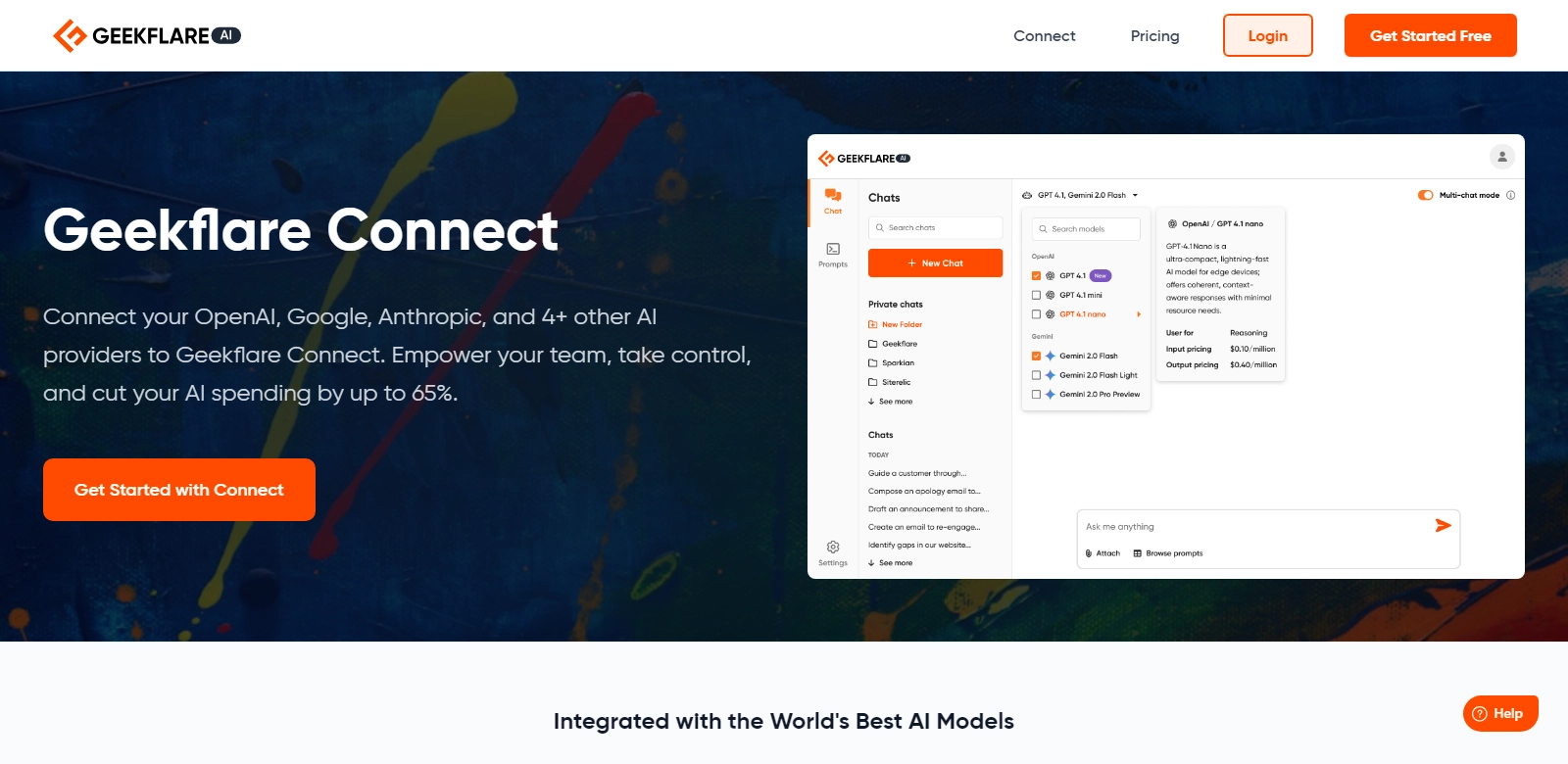Understanding 403 Client Errors and Solutions
In the vast landscape of the internet, errors are an unfortunate reality. Among these, the 403 Client Error stands out. This error indicates that access to the requested resource is forbidden, making it a critical issue for users and website owners alike. Understanding why this error occurs and how to remedy the situation can significantly enhance web accessibility and user experience. For further insights, consider exploring different error types.
Customers of Error Monitoring Services
Various stakeholders face the implications of 403 errors. Identifying these customers can help us understand the significance of monitoring and correcting such issues. Here are the key personas impacted by this error:
-
Website Owners: Website owners striving for uptime and user satisfaction must address 403 errors. These errors can hurt website traffic and, consequently, revenue. Owners need to know how to manage these errors promptly to maintain user engagement.
-
Web Developers: For developers, a 403 error can signal misconfigurations in code or server settings. Being adept at troubleshooting such errors is essential for maintaining a smooth user experience.
-
SEO Specialists: SEO is crucial for online visibility, and 403 errors can frustrate link-building efforts. SEO specialists must recognize these errors to mitigate their impact on search rankings.
-
IT Support Teams: These teams often bear the brunt of handling errors. A speedy resolution of 403 errors is vital for maintaining IT infrastructures and ensuring that end-users face minimal disruption.
-
End Users: Although indirect stakeholders, end users are critical constituents. They experience the frustration of being barred from accessing content, leading to a negative perception of a brand or service.
Problems and Solutions Associated with 403 Errors
Problems Encountered
A 403 error presents several challenges that need addressing:
-
User Frustration: When users encounter a 403 error, their experience with the website is immediately tainted. This failure can deter them from returning, leading to potential lost business.
-
Negative Brand Perception: A website riddled with errors can result in a tarnished brand image. Users may perceive a lack of professionalism, harming brand loyalty.
-
Impact on Traffic: Frequent 403 errors can lead to reduced website traffic. Users seeking specific content may turn to competitors, leading to a significant loss in potential customers.
-
Complications in SEO: Search engine crawlers may also face these errors, adversely affecting the indexing of the site and, subsequently, its online presence.
-
Developer Burnout: For developers, continually addressing these errors can contribute to burnout and stress, affecting productivity and overall job satisfaction.
Solutions for Addressing 403 Errors
Resolving a 403 Client Error involves diagnosing the underlying issue and implementing appropriate solutions:
-
Check File Permissions: Often, incorrect permissions on files or directories can trigger a 403 error. Adjusting these permissions can rectify access issues. Ensuring the proper settings (generally 755 for directories and 644 for files) is crucial in resolving several instances of this error.
-
Review .htaccess Files: Misconfigurations within .htaccess files can deny access unexpectedly. Reviewing and correcting directives can resolve these unforeseen issues and restore access.
-
Whitelist IP Addresses: Occasionally, server settings are configured to deny access based on specific IP addresses. Whitelisting trusted IPs can circumvent this block and allow seamless access to resources.
-
Consult Hosting Provider: If 403 errors persist, consulting the hosting provider can lead to solutions. They can provide insights and recommendations based on their administration of server settings.
-
Content Management Systems (CMS) Settings: In platforms like WordPress, adjusting settings within the CMS can sometimes address the cause of a 403 error, making it essential for site administrators to familiarize themselves with these tools.
Use Cases of Error Monitoring Systems
The utility of error monitoring systems becomes evident when considering real-world applications. For instance, a popular e-commerce retails platform experienced an increase in 403 errors during their promotional season. With active monitoring, they quickly identified and resolved the issues, resulting in a seamless shopping experience for users and increased sales. Similarly, a news aggregation site used error monitoring to optimize their user experience by swiftly resolving 403 errors detected during peak traffic times.
Top Features of Error Monitoring Tools
Utilizing an error monitoring tool can significantly alleviate the pain associated with 403 errors. Here are some key features of such tools:
-
Real-time Alerts: Receive instant notifications when a 403 error is detected, enabling proactive management of server issues.
-
Error Tracking: Monitor the frequency and occurrence of 403 errors over time, facilitating troubleshooting and analysis of patterns.
-
Detailed Reporting: Generate in-depth reports outlining the root causes of errors, providing valuable insight into site performance.
-
Performance Optimization Recommendations: Many tools provide actionable suggestions for improving site performance and reducing error occurrences.
-
User Experience Monitoring: Monitor how users interact with your site during error incidents, using this data to refine the user experience moving forward.
Frequently Asked Questions about 403 Errors
-
What does a 403 error mean?
A 403 error signifies that the server comprehended the request but refuses to authorize it, typically due to permission settings or misconfigurations. -
How do I resolve a 403 error?
Resolving a 403 error involves checking file permissions, reviewing .htaccess files, and consulting with the hosting provider if necessary. -
Can a 403 error affect SEO?
Yes, frequent 403 errors can hinder a website's indexing by search engines, leading to lower visibility and resulting in lost traffic. -
Are 403 errors common?
While not the most frequent error, they can occur across various sites, especially those with restrictive access controls. -
What should I do if users report 403 errors?
Compile user reports, analyze access logs, and consider employing error monitoring tools to streamline error resolution.
